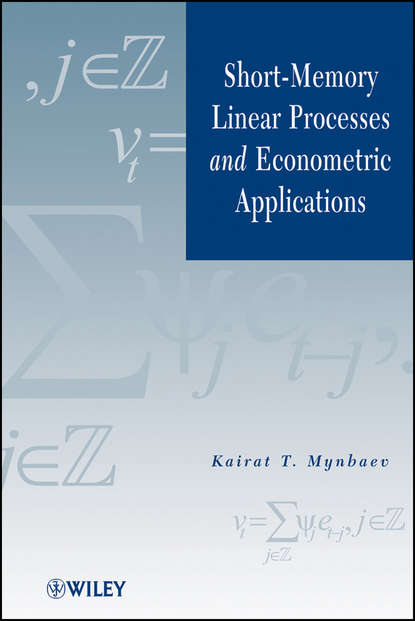Книга "Credit Risk Analytics. Measurement Techniques, Applications, and Examples in SAS" - это долгожданное и всестороннее руководство по практическому моделированию кредитного риска. Она предоставляет целевое учебное пособие для риск-менеджеров, которые хотят эффективно создавать или проверять модели внутри компании для управления кредитным риском. Книга сочетает в себе теорию с практикой и на примерах показывает, как реализовать концепции управления кредитным риском с помощью программы управления кредитным риском SAS, предоставляя полезный код. Она охватывает анализ и предобработку данных, кредитный скоринг, оценку и прогнозирование PD и LGD, низкорисковые портфели, моделирование и оценку корреляции, проверку, внедрение пруденциального регулирования, стресс-тестирование существующих концепций моделирования и многое другое, чтобы обеспечить обучение и справочный материал для аналитики кредитного риска. На сайте-компаньоне представлены примеры реальных и имитированных данных кредитного портфеля, чтобы помочь вам более легко
Finally, here's the definitive guide to the practical world of credit risk modeling, specializing in building and validating in-house risk assessment models. In addition to theoretical principles, it covers how to practically implement them using SAS' powerful credit risk analysis suite, including not only code but also real and simulation data examples. The accompanying website contains more real-life samples for easy implementation, including practical tips from a team of experts who bring specialized insights into this complex interplay between finance, statistics and analytics that merits proper attention. Because SAS is used so often for credit model development, this book takes advantage of its capacity to handle larger volumes of data, applying it to creating efficient and accurate risk management solutions. Although creating in-house assessment systems has become necessary for the range of complex risks faced these days, such programs can be challenging to construct without comprehensive training. Fortunately, the reader will depart armed with the knowledge, experience, and code they need to make risk assessments more effective, efficient, and compliant. Your one-stop resource for successful credit risk analyses.
Электронная Книга «Credit Risk Analytics. Measurement Techniques, Applications, and Examples in SAS» написана автором Bart Baesens в году.
Минимальный возраст читателя: 0
Язык: Английский
ISBN: 9781119278344
Описание книги от Bart Baesens
The long-awaited, comprehensive guide to practical credit risk modeling Credit Risk Analytics provides a targeted training guide for risk managers looking to efficiently build or validate in-house models for credit risk management. Combining theory with practice, this book walks you through the fundamentals of credit risk management and shows you how to implement these concepts using the SAS credit risk management program, with helpful code provided. Coverage includes data analysis and preprocessing, credit scoring; PD and LGD estimation and forecasting, low default portfolios, correlation modeling and estimation, validation, implementation of prudential regulation, stress testing of existing modeling concepts, and more, to provide a one-stop tutorial and reference for credit risk analytics. The companion website offers examples of both real and simulated credit portfolio data to help you more easily implement the concepts discussed, and the expert author team provides practical insight on this real-world intersection of finance, statistics, and analytics. SAS is the preferred software for credit risk modeling due to its functionality and ability to process large amounts of data. This book shows you how to exploit the capabilities of this high-powered package to create clean, accurate credit risk management models. Understand the general concepts of credit risk management Validate and stress-test existing models Access working examples based on both real and simulated data Learn useful code for implementing and validating models in SAS Despite the high demand for in-house models, there is little comprehensive training available; practitioners are left to comb through piece-meal resources, executive training courses, and consultancies to cobble together the information they need. This book ends the search by providing a comprehensive, focused resource backed by expert guidance. Credit Risk Analytics is the reference every risk manager needs to streamline the modeling process.



















